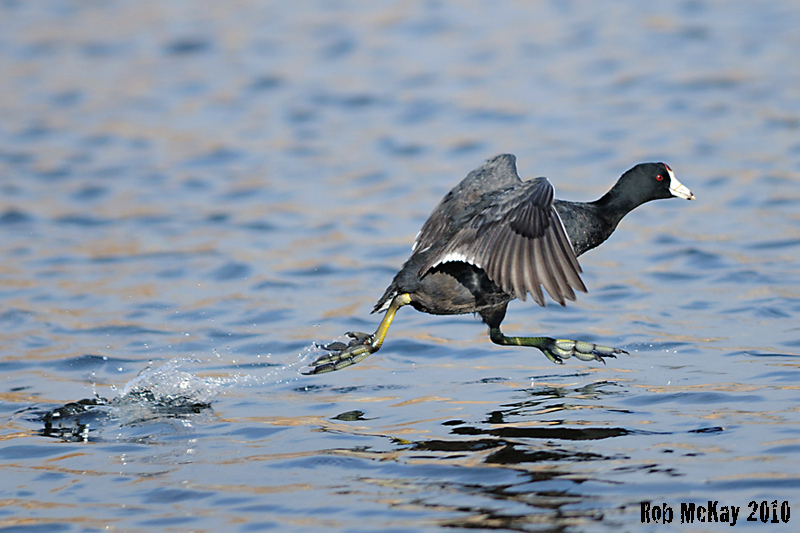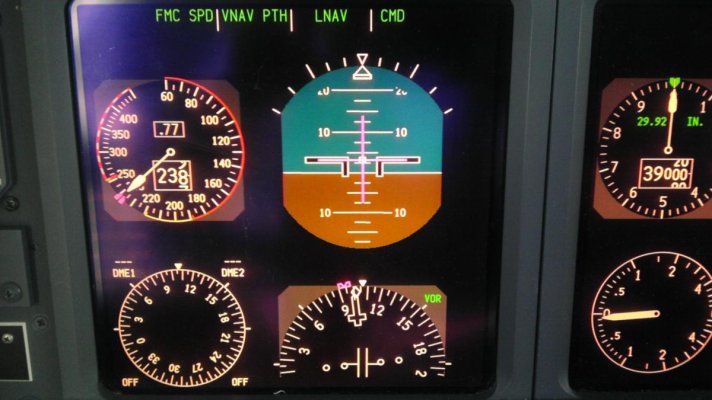- Joined
- Oct 1, 2007
- Messages
- 7,331
- Location
- Texas
- Vessel Name
- Floatsome & Jetsome
- Vessel Make
- Meridian 411
Well it is a bit of an ugly duckling is'nt it.
Most of my ultralights were flying wings. One was very stable and one was very unstable. Once one learned to fly it the unstable one was more capable and in many ways safer. I had two ULs that were flying wings w a fwd mounted elevator. Most called them canards but they could only be considered such below trim speed as then the elevator then became a wing....producing considerable lift. They were very efficient. I could fly over 100 miles w less than 5 gallons of gas and climb 1400 fpm at 40mph. At a 60 degree banked turn I could still climb about 500fpm. That was a very fun maneuver. Crank it over ....point the wing at a point on the ground about 200' below and just revolve around it. I'm gett'in excited just think'in about it.
OMAC is for Old Man Airplane Company and they were working on a canard about the size of a Cessna Citation. Had a fairly large canard wing. But in commercial aviation I think the stability of the tail is required for flexibility in payload position ...CG. With a canard flying slowly it's pitch control surface is providing lift. That's why they are so efficient. With a tailed AC flying slowly the tail is creating tremendous drag. But flying fast the tail could be providing lift. Does anybody know or think that could/would happen? If so the tailed AC (it would seem) could be as efficient as a canard but then no AC flying fast can be efficient. But that seems to be so w airliners flying fast at high altitude.
Marin what I asked about was how high CAN they fly .....not how high they should fly w passengers ect. What if you just opened the throttles and observed at what altitude you could'nt go any higher at any angle of attack?
We were posting at the same time. Thanks very much John .....no not too much info at all. Very interesting stuff we UL pilots are totally unaware of for obvious reasons. So you use power to recover from a stall Hmmmmm. With ULs we just dive our way out ....w enough altitude or die if not. I've never died. Thanks John.
You still use pitch to recover from a stall....you have to...but at lower altitudes you have a vast amount of power and if you are not fully stalled(imminent stall) you can power out of it and that is usually the way it is taught al though that line of thinking is changing. There is an increased stall awareness(and training) due to Air France over the Atlantic and the Q400 in Buffalo...both events where the pilots lost control.
Eric, one of my sim instructors got the airplane(767-400 sim) to stall with the nose pointed straight at the ground!!! We were in the low 20s and he had to do some serious maneuvers to get it into that state...basically a split S. But there we were pointed straight at the ground with a windshield full of Earth and the wing was not flying. Do you know how hard it is to push the nose over in that case. Every fiber in your body says to raise the nose because the ground is rising up right in your face. Anyway, it was a wild ride. We recovered below 10000ft with the structural integrity of the airplane in question....it was a sim!!!


